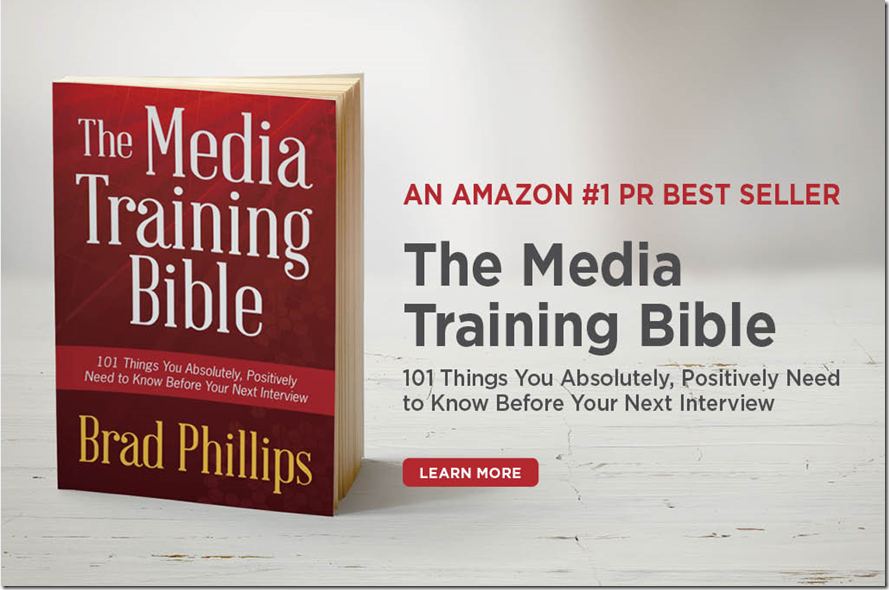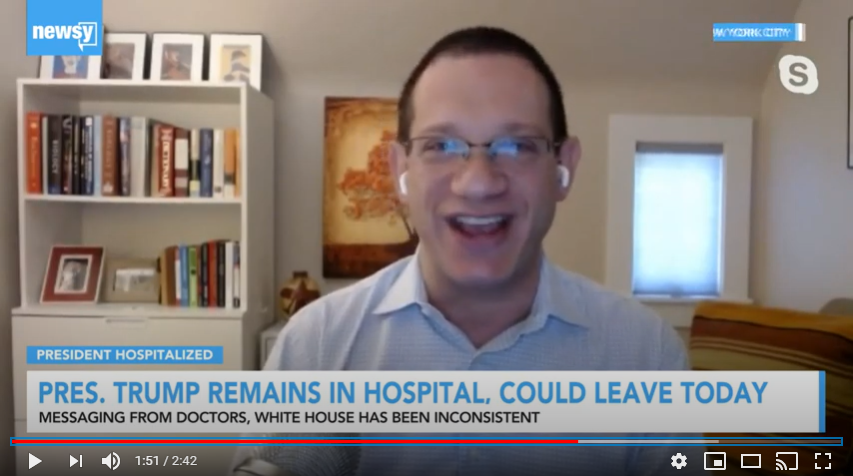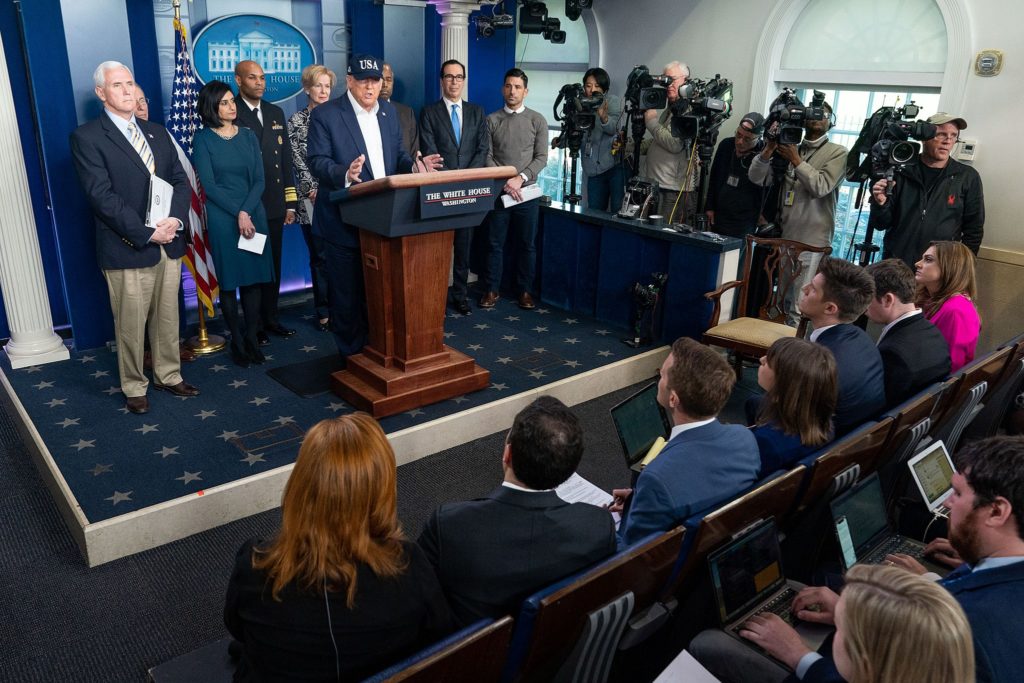How To Select The Right Spokesperson In A Crisis
This is an excerpt from my new book, The Media Training Bible: 101 Things You Absolutely, Positively Need to Know Before Your Next Interview.
Although this book focuses on teaching you how to become a better spokesperson, there may be circumstances when you should select someone else to communicate during a crisis. That’s because the person who you choose to communicate during a crisis tells the public a lot about your handling of it.
If you select someone too high on the corporate hierarchy chart, the public will conclude that the crisis is bigger than it originally thought. If you select someone too low, the public will conclude that you’re not taking the crisis seriously enough. When forced with a similar decision, I generally advise clients to err on the side of going too high rather than too low.

That doesn’t necessarily mean starting with the CEO. Matt Eventoff, a New Jersey based public speaking coach, smartly advises his clients not to start with the top leader; that way, the CEO can step in if the initial spokesperson blows the response. If you begin with the CEO and he or she mangles the response, Eventoff says, you have nowhere “up” to go, and will be forced to choose a spokesperson lower on the hierarchy chart.
That’s sound logic for most crises, but giant, reputation-defining events—massive oil spills, incidents with mass casualties, political scandals—may still demand the CEO as spokesperson from the start. The size and scope of a crisis will help you determine the right spokesperson; generally speaking, the bigger the crisis, the more senior the spokesperson.
Jane Jordan-Meier, author of The Four Stages of Highly Effective Crisis Management, recommends a two-pronged approach to some larger crises that pairs an executive with a technical expert:
“Even though the CEO may know less about the details, his or her physical presence sends two powerful messages: ‘I care and I am accountable.’ The head of operations and/or the key technical staff must also be there to deal with the detail.”
That “multiple spokesperson” approach offers another advantage: it allows you to strategically deploy different spokespersons to handle different mediums. You might use a knowledgeable but uncharismatic technical expert to handle print interviews, and a less knowledgeable but more charismatic leader to handle broadcast interviews.

In addition to using the hierarchy chart as a guide for selecting the right spokesperson, you should choose a person capable of delivering your messages with the compassion and care that a crisis demands. Ms. Jordan-Meier uses a test she calls the “head/heart principle” to help pick the right spokesperson. The right spokesperson, she says, must avoid the cognitive dissonance that occurs when a representative delivers the right words in the wrong way. Spokespersons should be capable of bringing the head and the heart together, and “must be totally believable when they are expressing concern.”
In his book Damage Control, crisis communications pro Eric Dezenhall argues that too many companies underestimate the importance of selecting the right spokesperson:
“Most corporations under siege devote far too much attention to strategy and not enough on the key personalities…If given a choice between a thorough plan and a good leader, go with the leader, because people rarely separate the event from the personalities that dominate the event.”
Finally, it’s important to note that for crises of limited duration at a specific site, the media may never want to speak to an executive. In those cases, reporters often prefer to talk to people on the ground. If an explosion occurs at your Wyoming plant, the media will likely want to speak with the manager of that facility, not an executive from your Denver headquarters.
The Media Training Bible is available from Amazon here and for the Kindle here. For other eBook formats and to read free sample lessons, click here.



This is very good and thoughtful advice. Like all rules though, one has to know when to break (or at least bend) them.
A media training session can be very useful in determining the best spokesperson. If the CEO can’t deliver, the COO or a senior VP may be the best person to put forward. Corporation politics can also play a role. I’ve worked on crises where the CEO flatly refused to be the “face” of the problem.
Excellent piece. One thought, be very careful abt selecting “charisma” over technical knowledge for spokesperson. I definitely understand and agree with the main point being delivered but I’ve also seen “charismatic” spokespersons ripped to shreds by smart reporters because they didn’t have facts they should have had. Bottom line is you will be judged by how you are seen to respond.